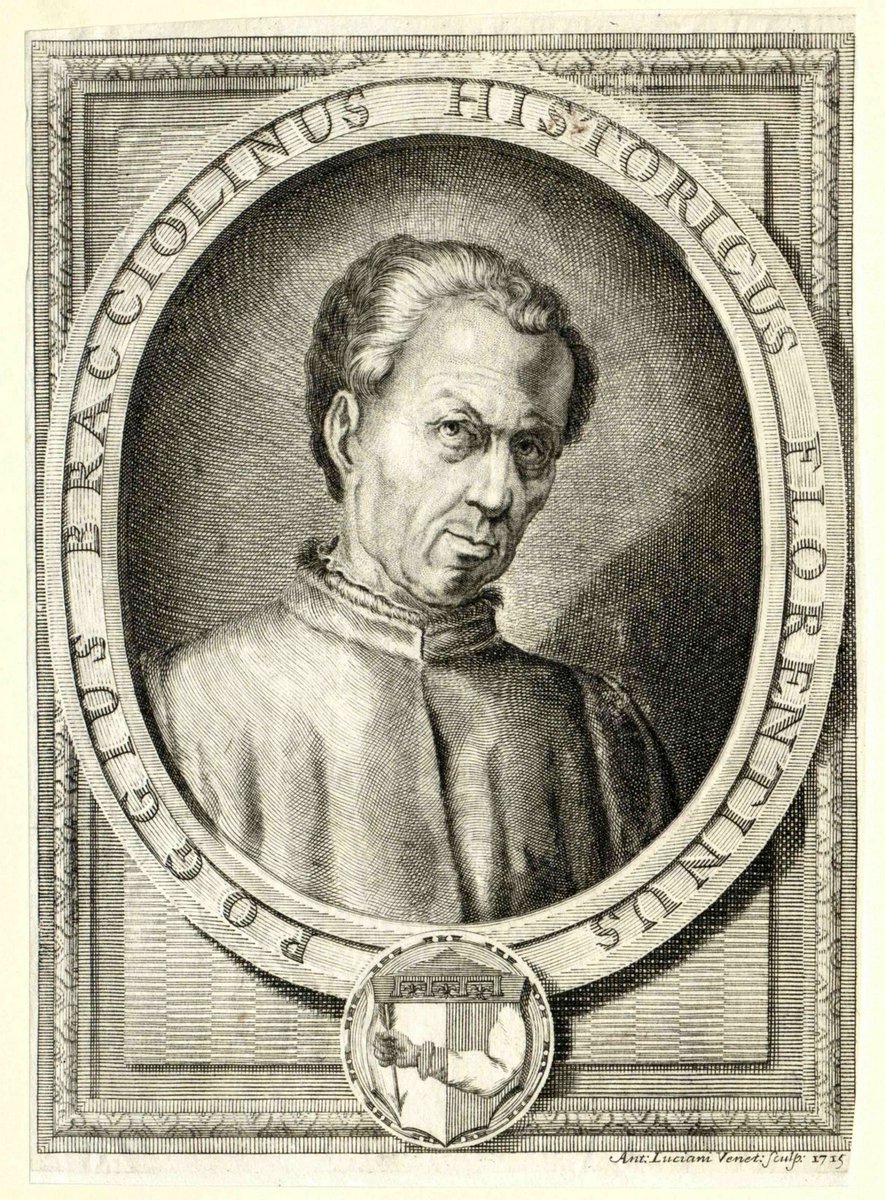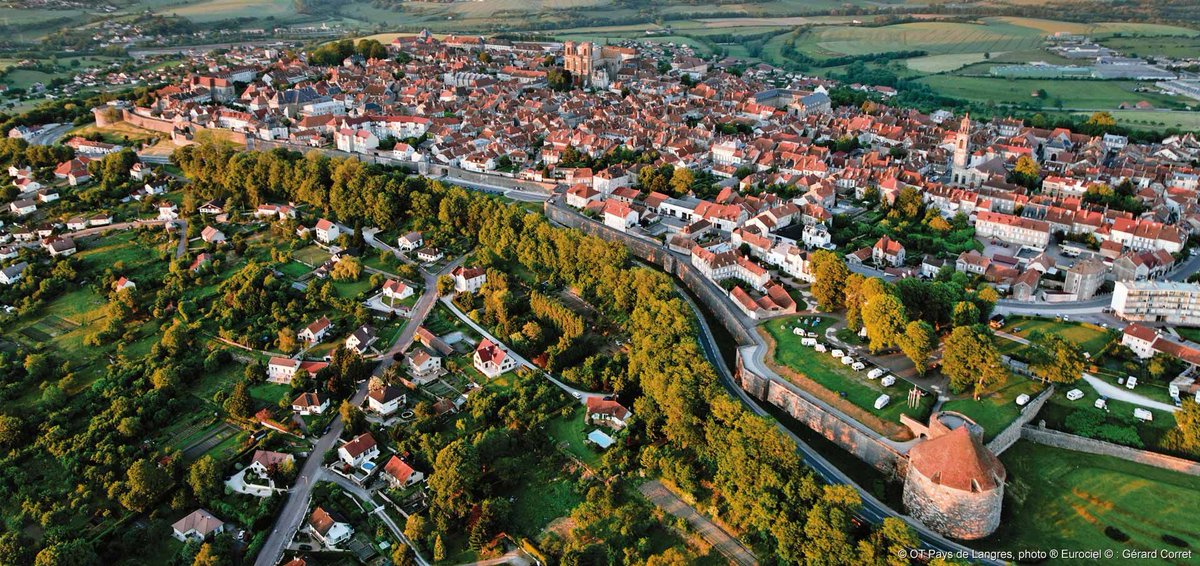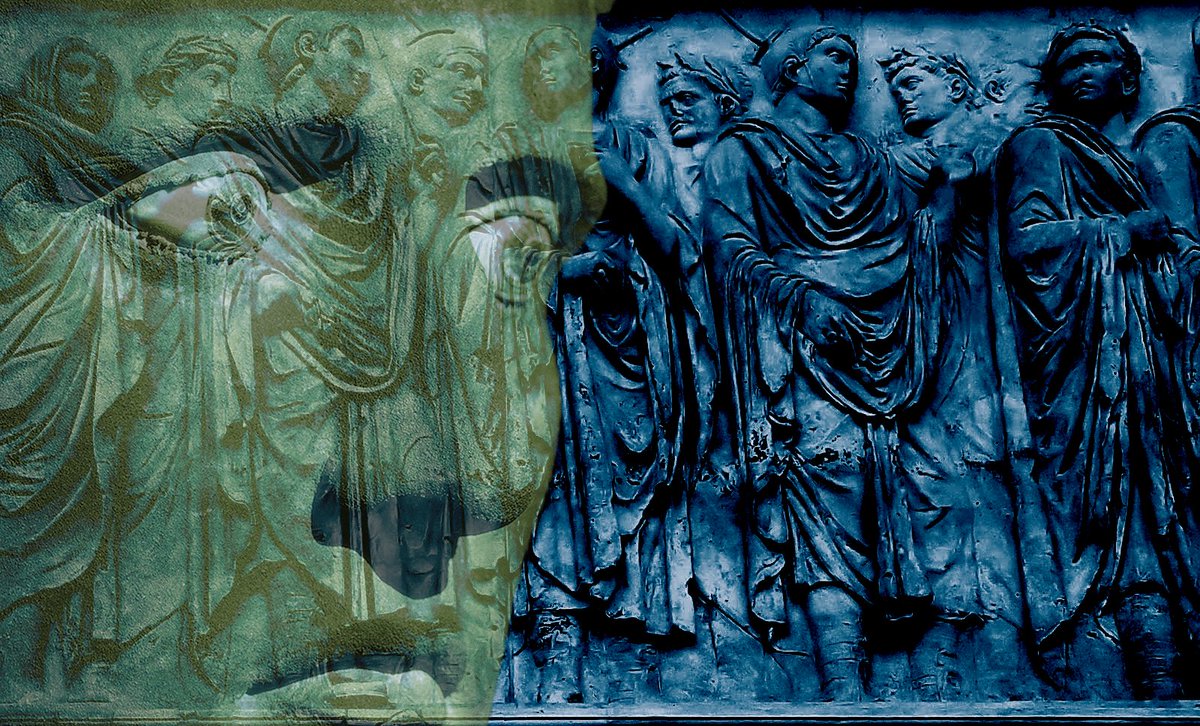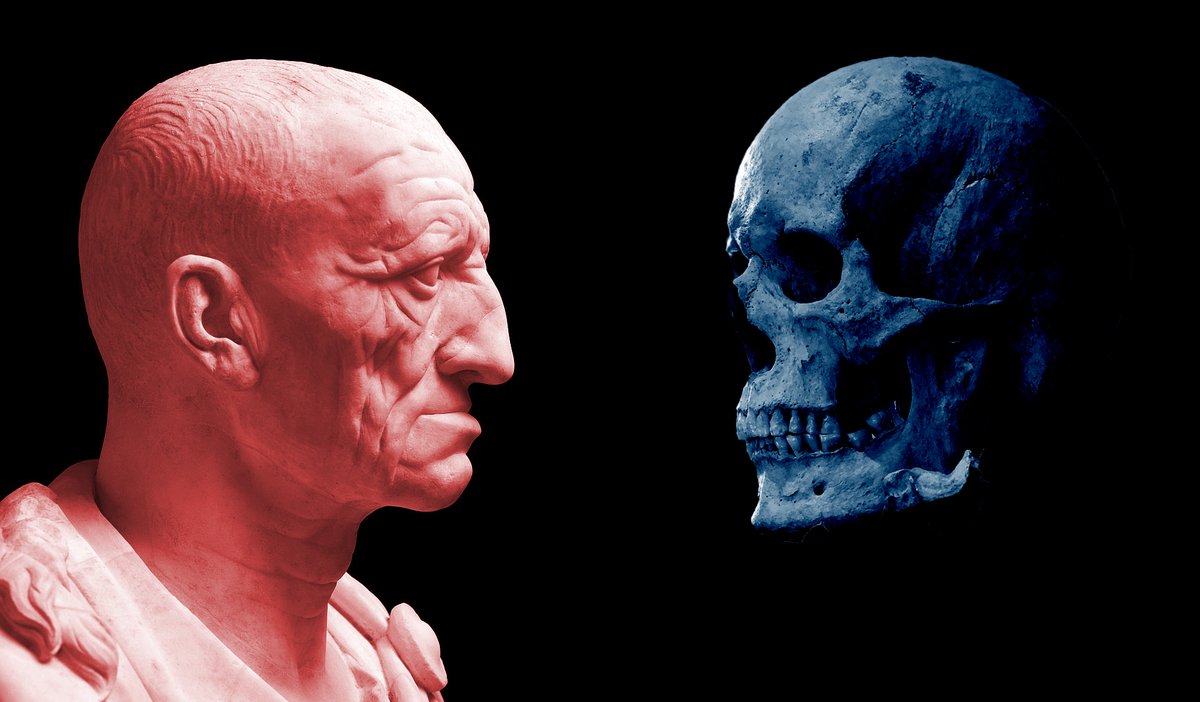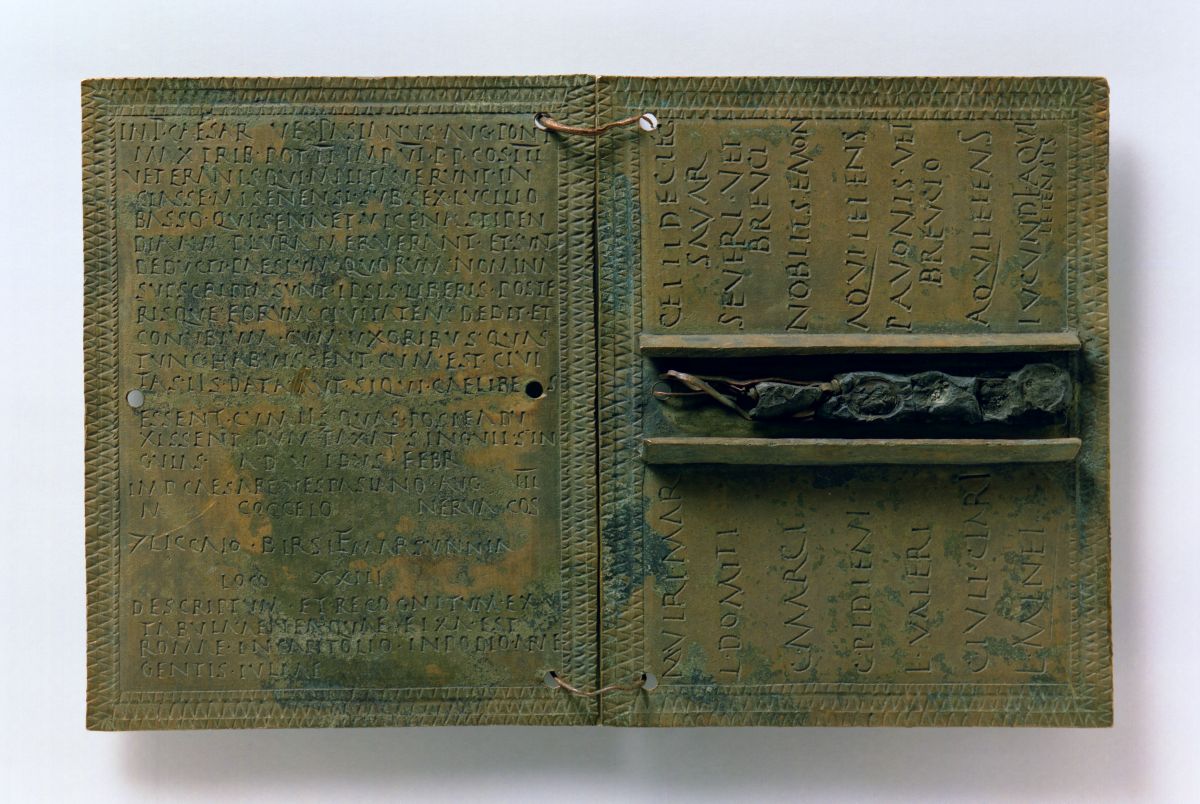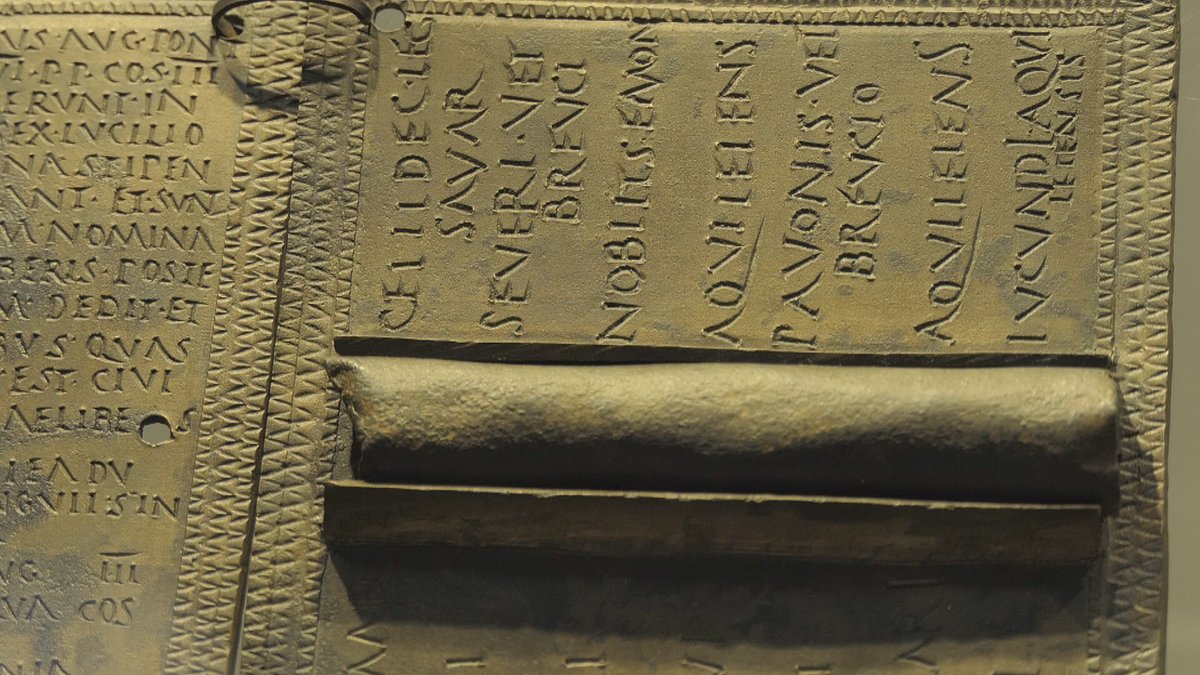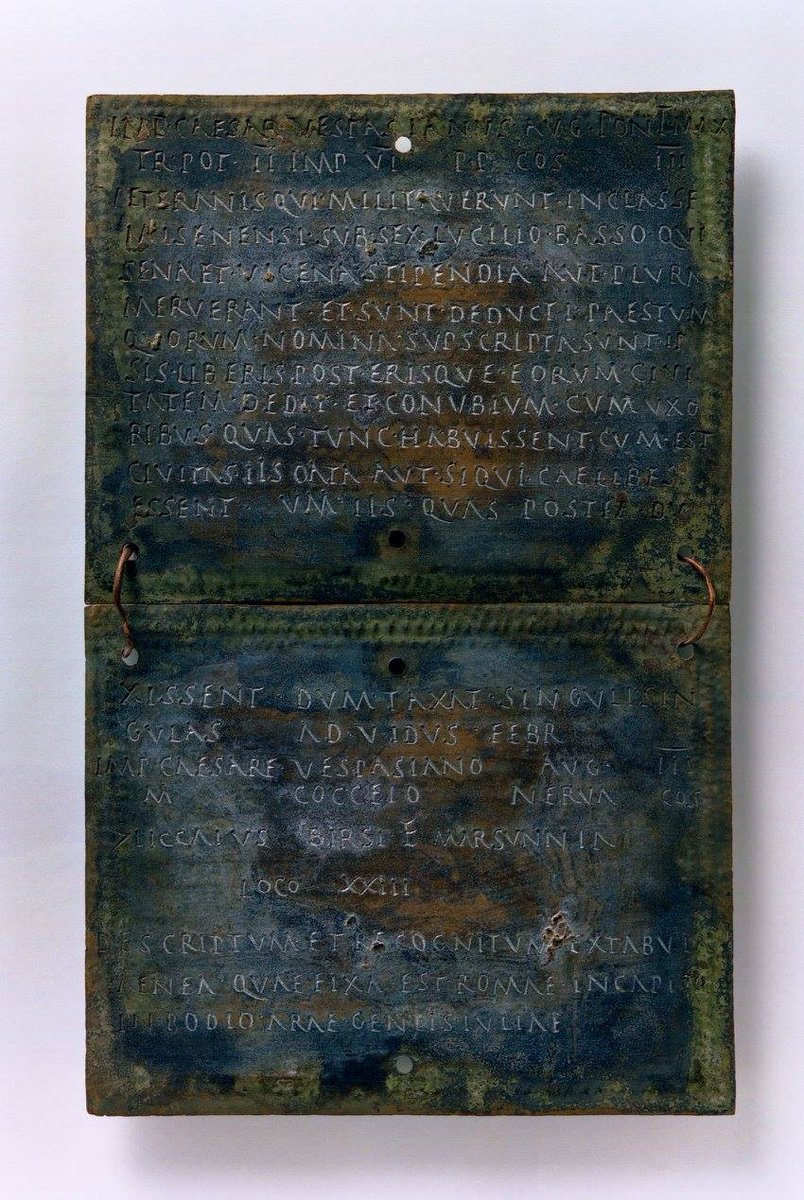
1) When we think of the ancient city of Petra, we rightly picture the awe-inspiring 'Treasury' (Al-Khazneh), thought to be the mausoleum of a 1st century Nabataean ruler ..but the 'Rose City' famed for its rock-cut facades has over a thousand tombs, let's explore a few of them... 



2) 'The Tomb of the Roman Soldier' - the mausoleum complex of a high ranking Roman officer from the late 1st century AD. The eponymous cuirassed Roman soldier stands in the central niche of the facade. 





3) The interior of the Tomb of the Roman Soldier with niches for burials. Very few of Petra's tombs retain any of their original ornate internal decoration. 

4) Cut into the cliffs adjacent to the Tomb of the Roman Soldier is this incredible triclinium, a space for the living to gather, dine and remember the deceased. 

6) This unfinished tomb illustrates how Petra's rock-cut monuments were carved into the sandstone from the top down. 



7) The Street of Facades, a remarkable selection of tomb facades on the way to Petra's ancient theatre. 

8) The Theatre Necropolis - a tightly packed selection of tombs with decorative 'crowstep' crenellations; at the heart of the ancient city, close to Petra's rock-cut theatre which can be seen behind. 

9) 'The Garden Temple' with its associated cisterns, thought to be a monumental hub for the Nabataean city's water system. 





10) 'The Lion Tomb' or 'Lion Triclinium', a small but beautiful facade suspended high on a rose-red cliff face. Two weathered lions guard the entrance. 

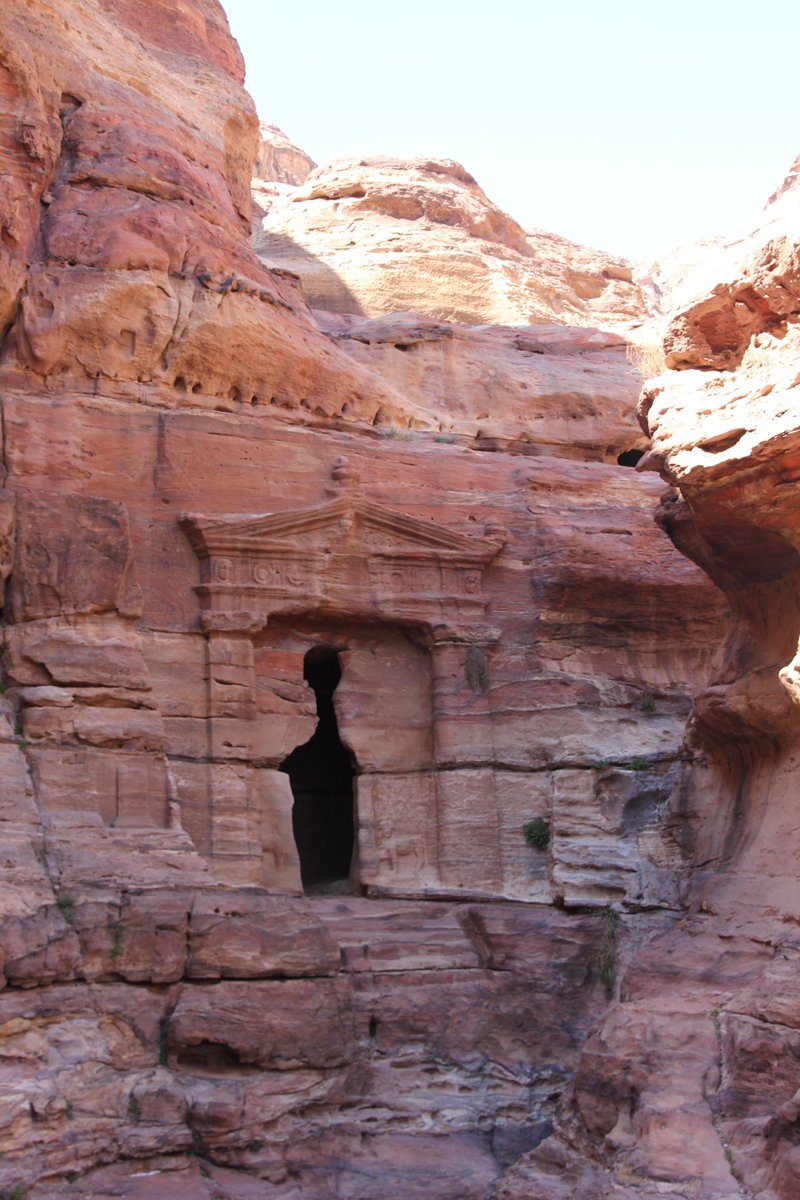

11) 'The Silk Tomb' showcases the dazzling streaked iridescent colours of the eroding sandstone facades. 

12) The 'Uneishu Tomb', a name that comes from an inscription found nearby. This regal tomb with its tall facade was likely built in the late 1st century for a close relative of the Nabataean queen Shaqilath II. 

13) The incredible tomb of Sextius Florentinus, Roman Governor of Arabia c.126-130 AD - dedicated by his son to a "pius father". The only tomb in Petra retaining its dedicatory inscription and whose occupant is known with certainty. 





14) The elegant facade of the 'Renaissance Tomb', its doorway crowned by a curved archivolt that evokes elements of Renaissance architecture. 

15) The enormous 'Urn Tomb' situated in a prominent position on the East Cliff overlooking the heart of Petra; reached by a long, vaulted terrace and with its own colonnaded courtyard, it is thought to have belonged to the Nabataean King Malchus II who died in 70 AD. 

18) The grand 'Corinthian Tomb' dates to the mid 1st century, like other tombs on the exposed East Cliff it has been badly eroded by the elements over thousands of years but its past grandeur can still be imagined. 

19) The late 1st century 'Palace Tomb' stands 50 metres in width and almost the same in height. Its elaborate three-storey construction mimics the architecture of a royal residence. See me below for scale! 

20) Details of the Palace Tomb's imposing facade with its four gateways and eighteen engaged columns above. The highest storey reaches beyond the natural stone of the cliff so had to be built in masonry rather than carved, a rarity among Petra tombs. 

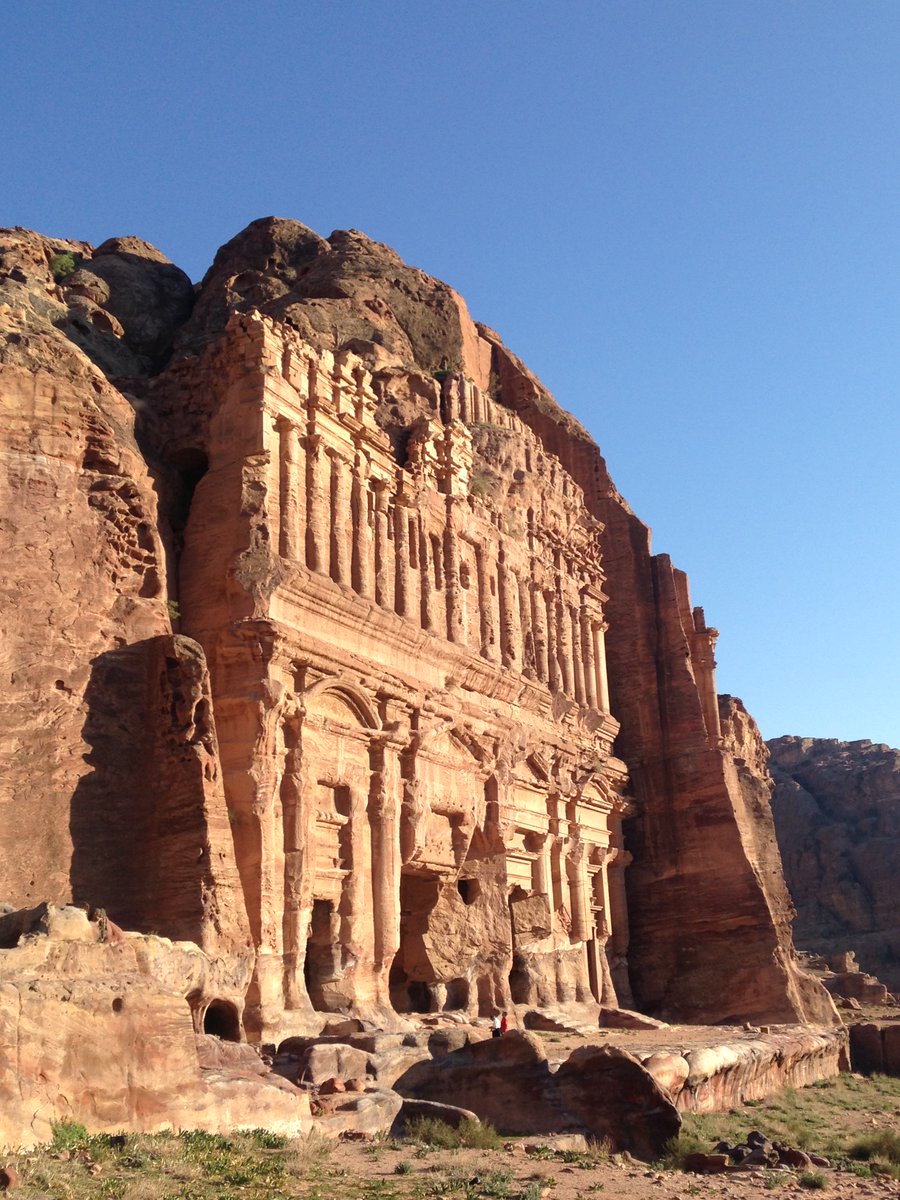

21) The 'Obelisk Tomb', an architecturally adventurous facade blending Egyptian, Hellenistic and Nabataean styles, surmounted by four 'obelisks' or nephesh funerary markers. 

22) Late afternoon light illuminates the complex sandstone facade of the 'Obelisk Tomb', a visual reminder of why ancient Petra has become known as the 'Rose Red City'. 

23) There's only one place to finish this celebration of Petra's lesser-known, rock-cut architectural treasures: The awe-inspiring 'Monastery' (Ad-Deir), one of the grandest edifices in the ancient city, 45m in height and 50m wide, the doorway alone stands at 8m. 



24) The Monastery was carved out of Petra's red sandstone in the mid 1st century AD. It likely served as a communal space for religious celebrations, originally opening onto a massive colonnaded forecourt where the Nabateans could gather for ceremonies. 

25) To finish, one last view of the sublime Nabataean 'Monastery' surrounded by the mystical, other-worldly landscape of ancient Petra. UNESCO correctly describes the ancient rock-hewn city as "one of the most precious cultural properties of man's cultural heritage". [END] 

• • •
Missing some Tweet in this thread? You can try to
force a refresh






